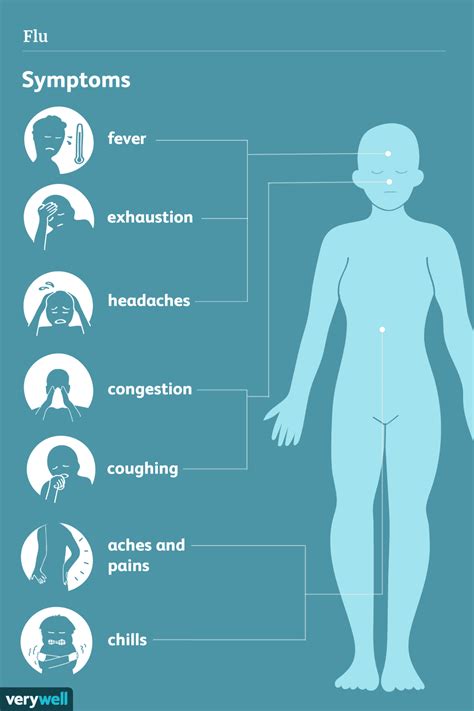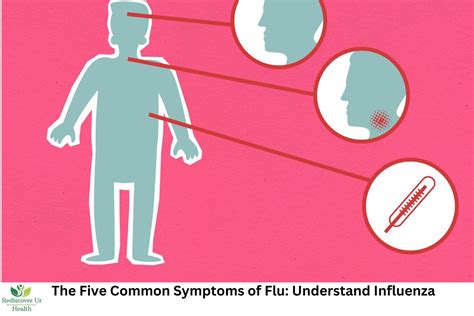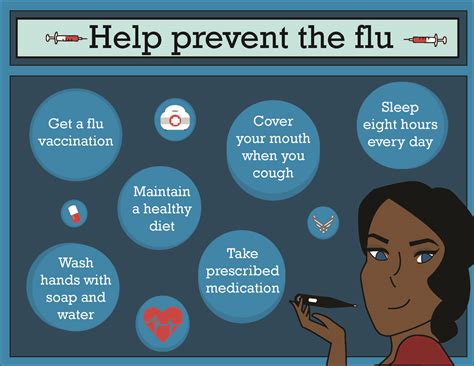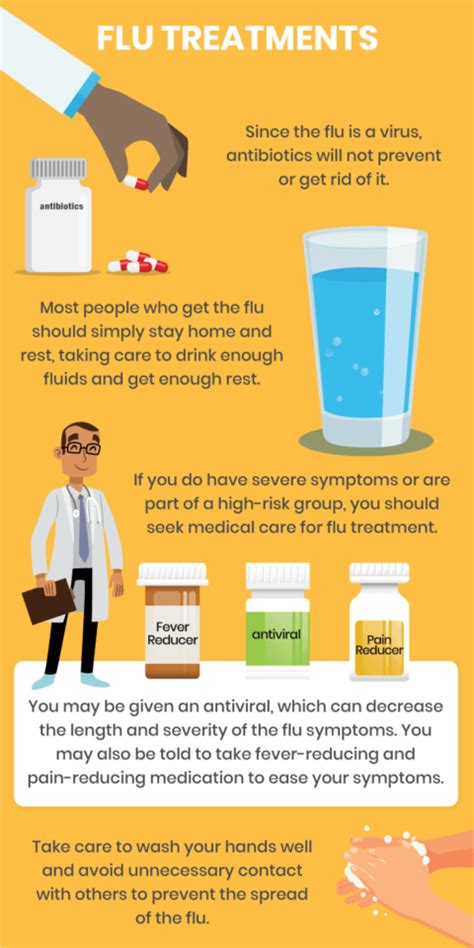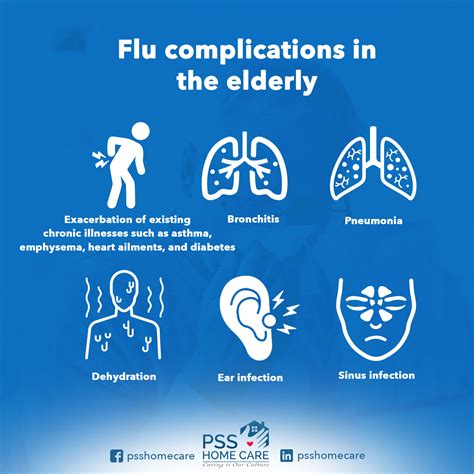The flu, also known as influenza, is a highly contagious respiratory illness that affects millions of people worldwide each year. It is caused by the influenza virus and can range from mild to severe, with symptoms varying from person to person. Understanding the symptoms of the flu is crucial for early detection, treatment, and prevention of complications. In this article, we will delve into the 7 flu symptoms, their severity, and what you can do to manage them.
The flu can affect anyone, regardless of age or health status, although certain groups such as the elderly, young children, and people with underlying health conditions are more susceptible to severe illness. The symptoms of the flu can be similar to those of the common cold, but they are usually more severe and can include high fever, body aches, and fatigue. Recognizing the symptoms of the flu early on can help you seek medical attention promptly, reducing the risk of complications and improving outcomes.
The flu season typically peaks between December and February, but it can occur at any time of the year. The virus spreads through respiratory droplets when an infected person coughs, sneezes, or talks, as well as through contact with contaminated surfaces. Practicing good hygiene, such as frequent handwashing, covering your mouth and nose when coughing or sneezing, and avoiding close contact with people who are sick, can help prevent the spread of the flu.
Introduction to Flu Symptoms
The symptoms of the flu can vary from person to person, but there are 7 common symptoms that people experience. These symptoms can range from mild to severe and can include fever, chills, cough, sore throat, runny or stuffy nose, muscle or body aches, and fatigue. In some cases, people may also experience diarrhea and vomiting, although these symptoms are more common in children than in adults.
Understanding the 7 Flu Symptoms
Let's take a closer look at each of the 7 flu symptoms:
* Fever: A high fever is one of the most common symptoms of the flu. It can range from 102°F to 104°F and can last for 3 to 4 days.
* Chills: Chills are a feeling of coldness or a sudden chill, even if the body temperature is high.
* Cough: A dry, hacking cough is a common symptom of the flu. It can be mild or severe and can produce mucus.
* Sore throat: A sore throat can be a symptom of the flu, especially if the virus has affected the throat.
* Runny or stuffy nose: A runny or stuffy nose can be a symptom of the flu, although it is more common in children than in adults.
* Muscle or body aches: Muscle or body aches can be severe and can affect the back, arms, and legs.
* Fatigue: Fatigue is a feeling of tiredness or weakness that can last for several days or even weeks.
Managing Flu Symptoms
Managing flu symptoms can help reduce the severity of the illness and prevent complications. Here are some tips to manage flu symptoms:
* Stay hydrated: Drinking plenty of fluids, such as water, clear broth, or electrolyte-rich beverages like sports drinks, can help replace lost fluids and electrolytes.
* Rest: Getting plenty of rest can help your body fight off the infection.
* Use over-the-counter medications: Over-the-counter medications such as acetaminophen or ibuprofen can help reduce fever and relieve body aches.
* Practice good hygiene: Practicing good hygiene, such as frequent handwashing and covering your mouth and nose when coughing or sneezing, can help prevent the spread of the flu.
Preventing the Flu
Preventing the flu is crucial to reducing the risk of illness and complications. Here are some tips to prevent the flu:
* Get vaccinated: Getting vaccinated is the most effective way to prevent the flu. The flu vaccine is available each year and can be administered by a healthcare provider.
* Practice good hygiene: Practicing good hygiene, such as frequent handwashing and covering your mouth and nose when coughing or sneezing, can help prevent the spread of the flu.
* Avoid close contact: Avoiding close contact with people who are sick can help prevent the spread of the flu.
Treatment Options for the Flu
Treatment options for the flu depend on the severity of the illness and the presence of underlying health conditions. Here are some treatment options for the flu:
* Antiviral medications: Antiviral medications such as oseltamivir or zanamivir can help reduce the severity and duration of the flu.
* Over-the-counter medications: Over-the-counter medications such as acetaminophen or ibuprofen can help reduce fever and relieve body aches.
* Rest and hydration: Getting plenty of rest and staying hydrated can help your body fight off the infection.
Complications of the Flu
The flu can lead to complications, especially in certain groups such as the elderly, young children, and people with underlying health conditions. Here are some complications of the flu:
* Pneumonia: Pneumonia is a serious complication of the flu that can be life-threatening.
* Bronchitis: Bronchitis is a complication of the flu that can cause inflammation of the bronchial tubes.
* Sinus and ear infections: Sinus and ear infections are common complications of the flu.
* Worsening of underlying health conditions: The flu can worsen underlying health conditions such as heart disease, diabetes, and asthma.
Conclusion and Next Steps
In conclusion, understanding the 7 flu symptoms and managing them effectively can help reduce the severity of the illness and prevent complications. By practicing good hygiene, getting vaccinated, and seeking medical attention promptly, you can reduce the risk of illness and improve outcomes. If you or a loved one is experiencing flu symptoms, it is essential to seek medical attention promptly to prevent complications and improve outcomes.
We encourage you to share this article with your friends and family to help raise awareness about the flu and its symptoms. If you have any questions or comments, please feel free to leave them in the section below.
What are the 7 flu symptoms?
+
The 7 flu symptoms are fever, chills, cough, sore throat, runny or stuffy nose, muscle or body aches, and fatigue.
How can I manage flu symptoms?
+
Managing flu symptoms can include staying hydrated, getting plenty of rest, using over-the-counter medications, and practicing good hygiene.
Can I prevent the flu?
+
Yes, you can prevent the flu by getting vaccinated, practicing good hygiene, and avoiding close contact with people who are sick.
What are the complications of the flu?
+
The complications of the flu can include pneumonia, bronchitis, sinus and ear infections, and worsening of underlying health conditions.
When should I seek medical attention for flu symptoms?
+
You should seek medical attention promptly if you or a loved one is experiencing severe flu symptoms, such as difficulty breathing, chest pain, or severe headache.
